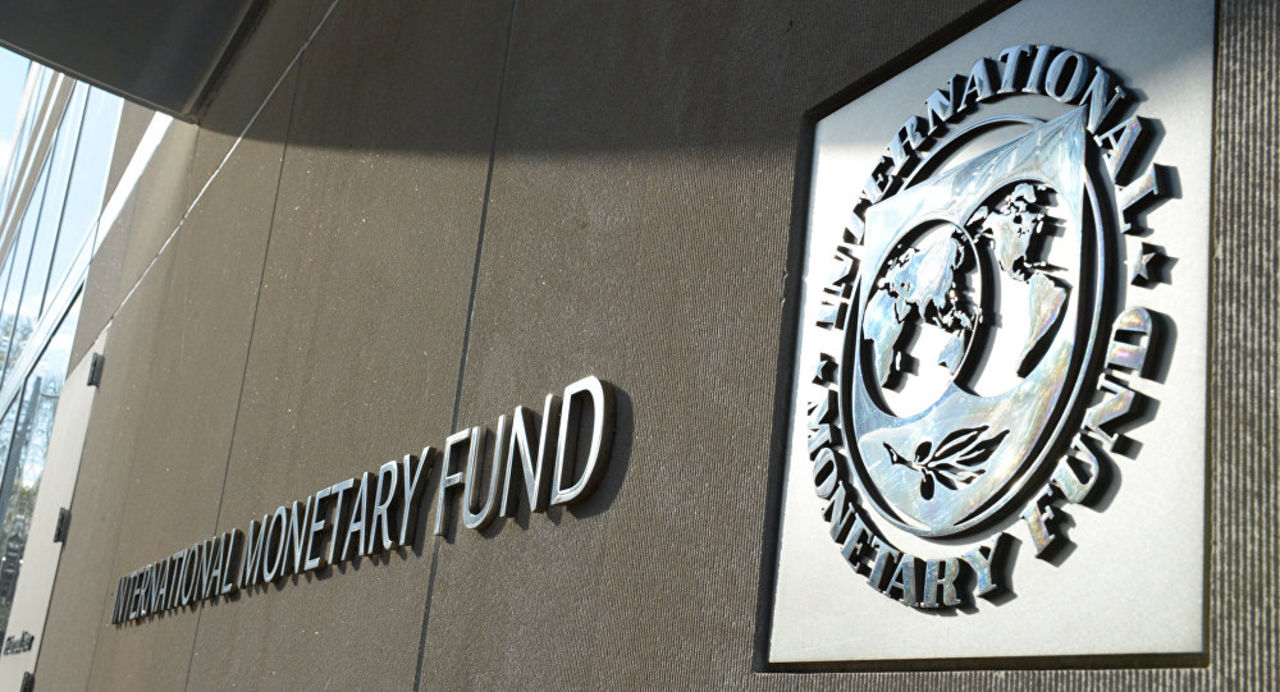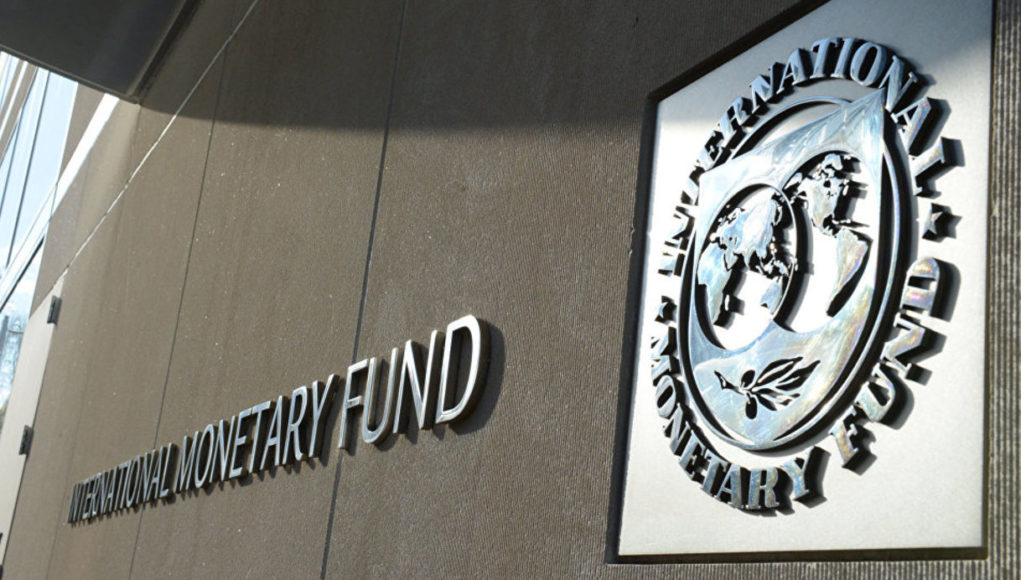Mobile money has a profound impact on financial inclusion, particularly in countries without deep banking penetration,the International Monetary Fund (IMF) released in its annual Financial Access Survey (FAS).
The FAS is a unique supply-side dataset that enables policymakers to measure and monitor financial inclusion and benchmark progress against peers. The dataset covers 189 jurisdictions with more than 150 indicators on financial access and use with historical data from 2004.
 In Afghanistan, where less than 200 out of 1,000 adults have bank accounts, but more than 80 percent of the population has access to a cellular phone, mobile money access is slowly picking up. Data from the FAS—the sole source for country-level data on mobile money—suggests that in the past five years, the value of mobile money transactions has grown fourfold in Afghanistan to reach 1.2 percent of GDP in 2018.
In Afghanistan, where less than 200 out of 1,000 adults have bank accounts, but more than 80 percent of the population has access to a cellular phone, mobile money access is slowly picking up. Data from the FAS—the sole source for country-level data on mobile money—suggests that in the past five years, the value of mobile money transactions has grown fourfold in Afghanistan to reach 1.2 percent of GDP in 2018.
Regions with a large mobile money footprint, such as Sub-Saharan Africa, have started
leveraging the base of mobile money users to make inroads into traditional banking. An
example is the M-Shwari account launched jointly by the Commercial Bank of Africa and
Safaricom in Kenya, which offers savings and credit facilities that can be accessed entire
through M-PESA, the mobile money platform.
FAS data suggests that the muted growth in the number of commercial bank branches
globally may be a result of the decline in the number of commercial bank branches in
advanced economies of North America and Europe. This is indicative of a move towards a
different mode of accessing financial services⎯mobile and internet banking. Growth in
mobile and internet banking is, however, not limited to high income countries. For example, in Mongolia, the volume of mobile and internet banking transactions increased fourfold between 2015 and 2018.
FAS data suggests that disparities persist in the use of financial services between men and women, especially in low- and lower middle-income countries. Studies suggest that one of the underlying reasons for women’s financial exclusion can be discriminatory laws,
highlighting the importance of regulatory reforms and women-oriented policies.
FAS 2019 suggests that bank lending to SMEs has remained stagnant at around 6 percent of GDP over the past five years. However, there are large cross-country variations in the growth of SME lending. Improvements in SME financing in countries like Georgia, Mongolia and Fiji may in part be due to effective and targeted SME policies as well as interventions in partnership with international development agencies.
The FAS was launched in 2009 and has evolved over time to adapt to the changing landscape of financial services, including the rise of fintech and growing demand for more granular data. Key enhancements include introducing country-level data on mobile money in 2014, adopting gender statistics in the FAS questionnaire in 2018, and expanding FAS’s coverage of innovations in traditional banking services, including branchless banking and debit and credit cards in circulation.





































